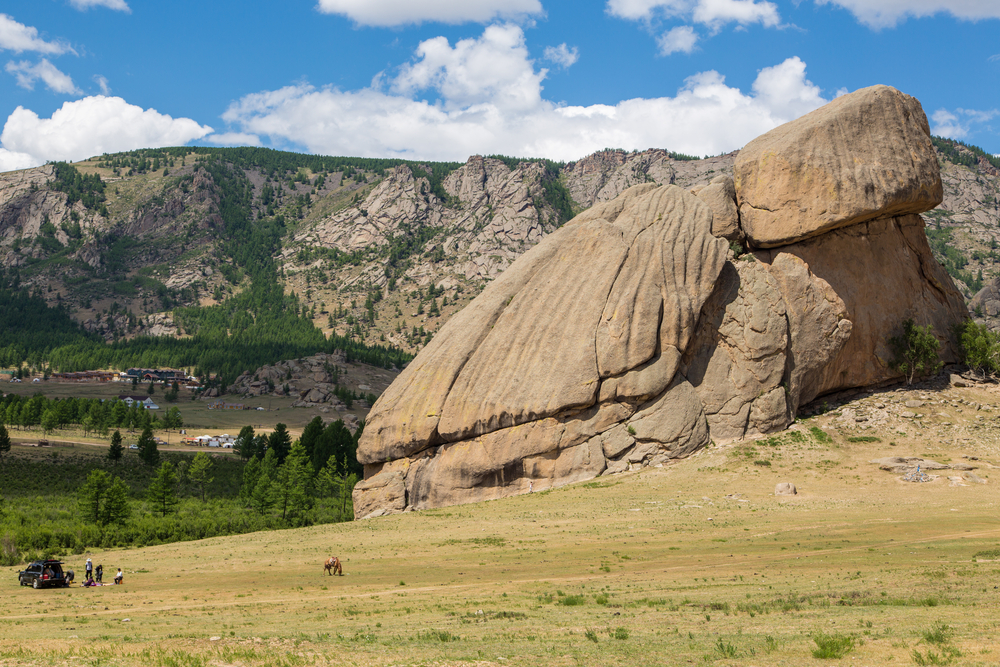Mongolia, a vast and diverse landlocked nation in Central Asia, is home to a remarkable array of ecosystems, ranging from sprawling deserts and steppe landscapes to majestic mountains and freshwater lakes. The country boasts 34 national parks, each protecting unique habitats and serving as a testament to Mongolia’s dedication to preserving its natural heritage. These parks not only conserve biodiversity but also offer an unparalleled glimpse into the country’s cultural and ecological wealth.
One of the most celebrated parks in Mongolia is Khustain Nuruu National Park, renowned for its successful reintroduction of the Przewalski’s horse, a species once extinct in the wild. Visitors to Khustain can witness these iconic horses roaming free against the backdrop of rolling hills and lush valleys. The park is also rich in birdlife and other wildlife, including red deer and marmots, making it a haven for ecotourism.
Gobi Gurvansaikhan National Park, the largest national park in Mongolia, encompasses parts of the Gobi Desert and features an extraordinary array of landscapes, from vast sand dunes to ice-filled canyons like the Yolyn Am gorge. It is often referred to as the Great Gobi National Park. This park is home to rare species such as the snow leopard and Siberian ibex, as well as ancient petroglyphs and dinosaur fossils that underscore the region’s paleontological significance. Visitors can explore its dramatic vistas and learn about the fragile desert ecosystem that has persisted for millennia.
Another gem is Ghorkhi Terelj National Park, located close to the capital city of Ulaanbaatar, making it a popular destination for both locals and tourists. Known for its striking granite rock formations, lush meadows, and vibrant wildflowers, Terelj offers a more accessible nature experience. Visitors can hike, horseback ride, or even stay in traditional ger camps to experience Mongolia’s nomadic lifestyle.
Altai Tavan Bogd National Park, situated in the remote western part of the country, is revered for its breathtaking mountain scenery. The park encompasses the Tavan Bogd massif, which includes Mongolia’s highest peak, Khüiten Peak, and pristine glacial lakes. This park is not only a natural wonder but also a cultural treasure, housing ancient petroglyphs and burial mounds that reflect the region’s rich history.
Finally, Lake Khovsgol National Park, centered around the pristine Lake Khovsgol, often referred to as the “Blue Pearl of Mongolia,” is a must-visit for those seeking serenity and natural beauty. The park safeguards one of the world’s largest freshwater lakes and supports diverse wildlife, including moose and endemic fish species. The crystal-clear waters and surrounding taiga forests make it an ideal spot for outdoor activities such as kayaking and trekking.
Despite its conservation achievements, Mongolia’s national parks face challenges, including illegal logging, poaching, and the impacts of climate change. However, efforts such as community-based conservation programs and increased government investment in park management have shown promising results. These initiatives aim to balance ecological protection with the sustainable use of natural resources, ensuring these landscapes remain intact for generations to come.



























































































